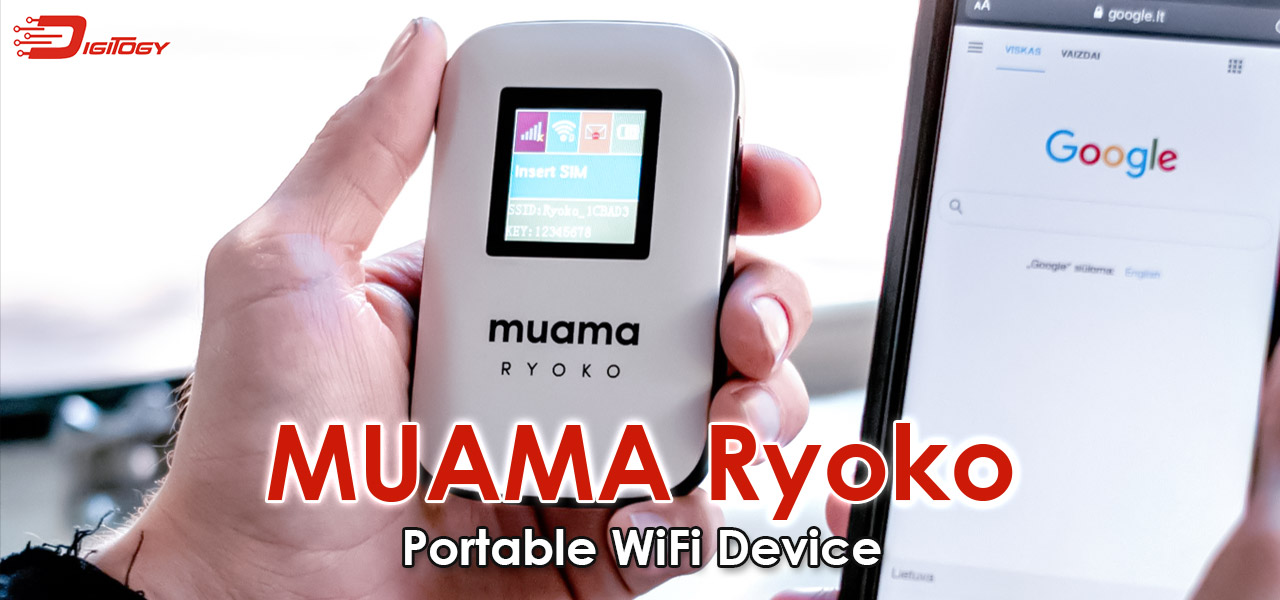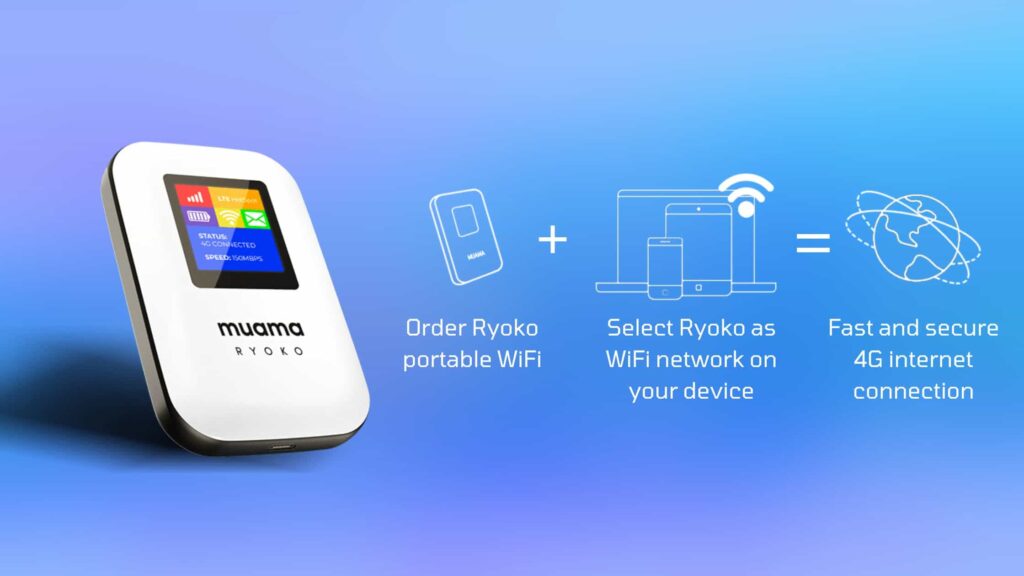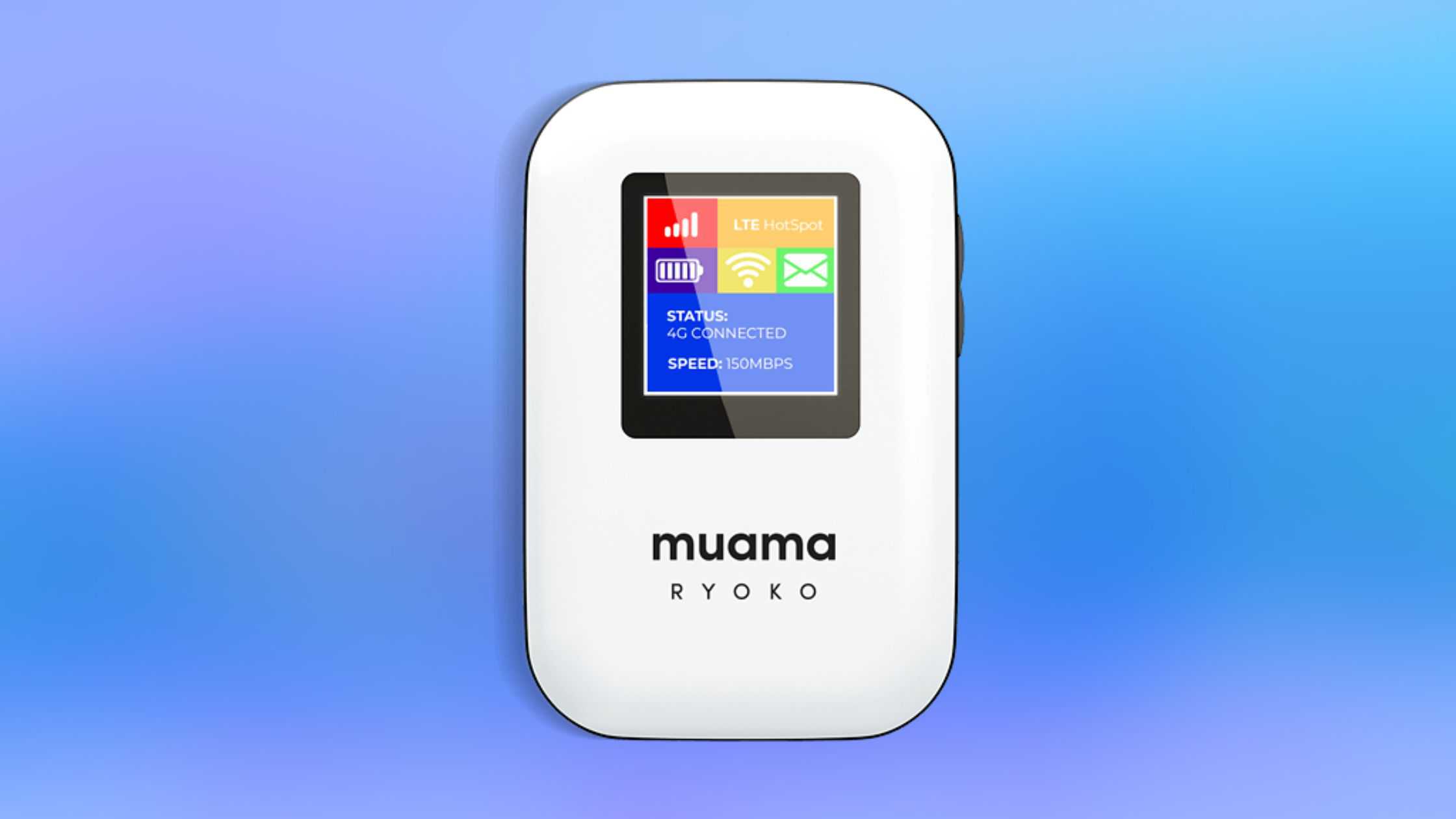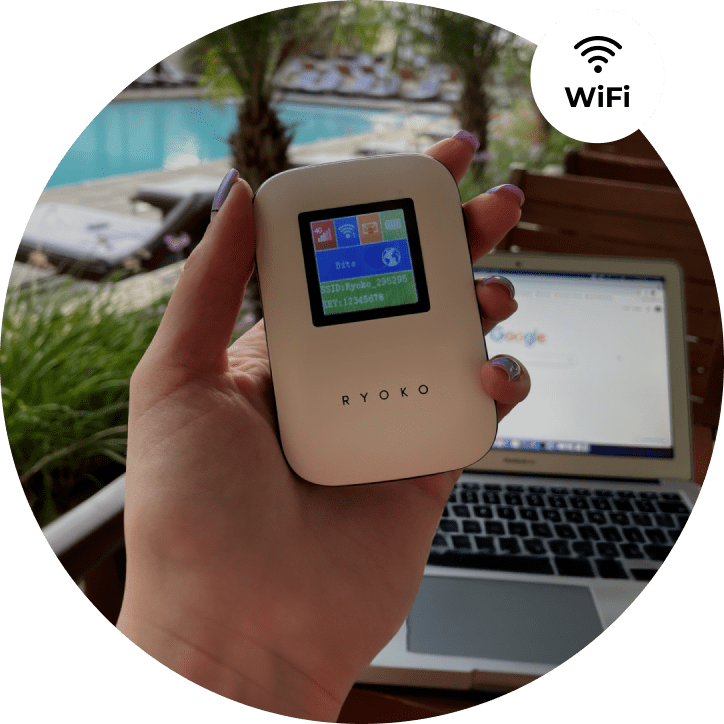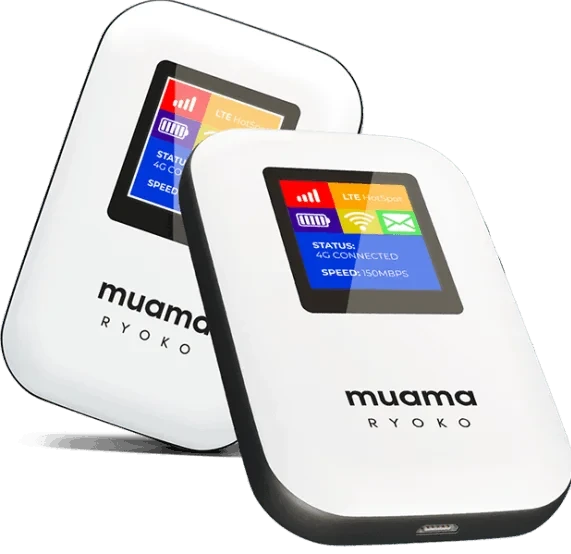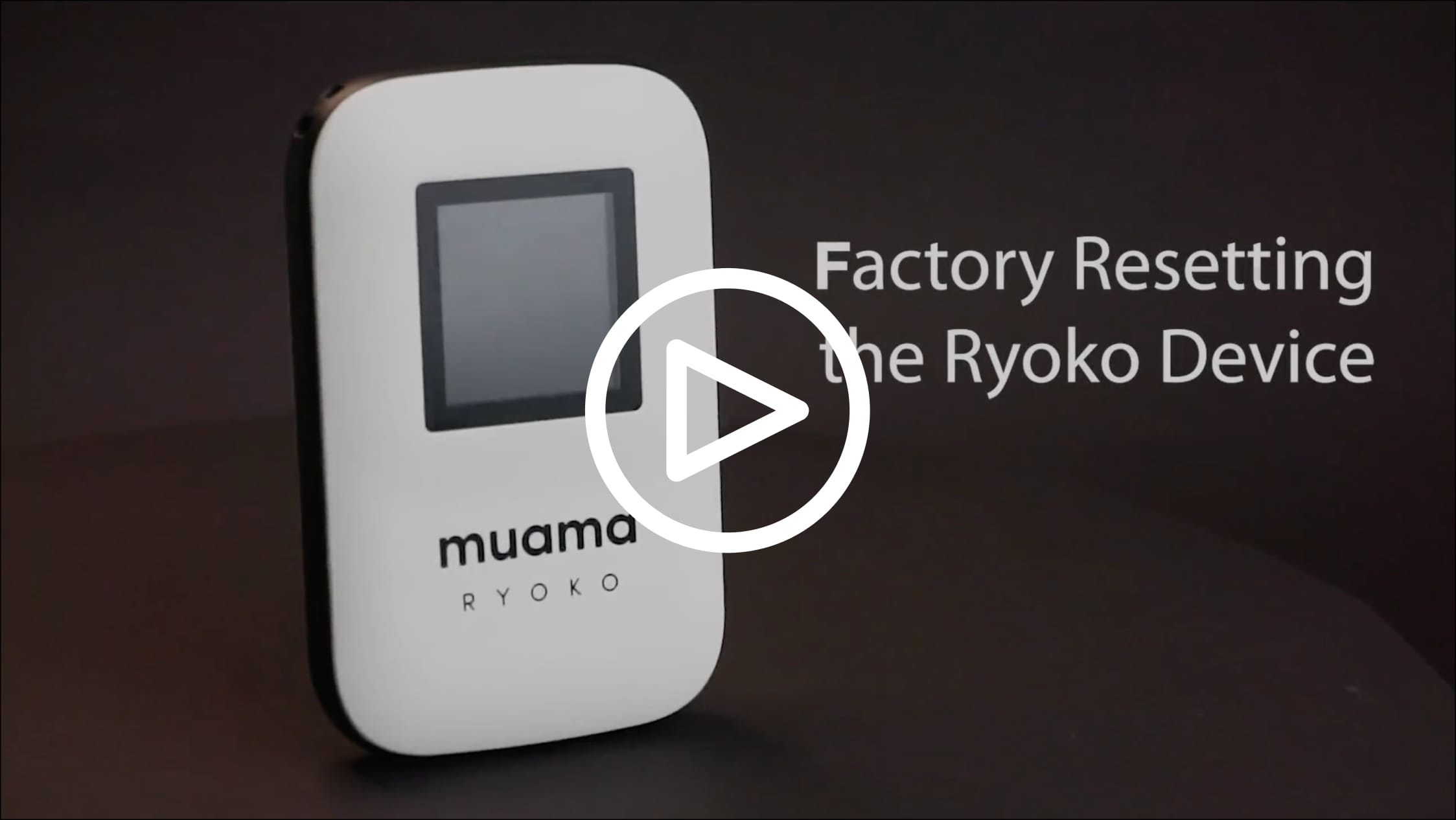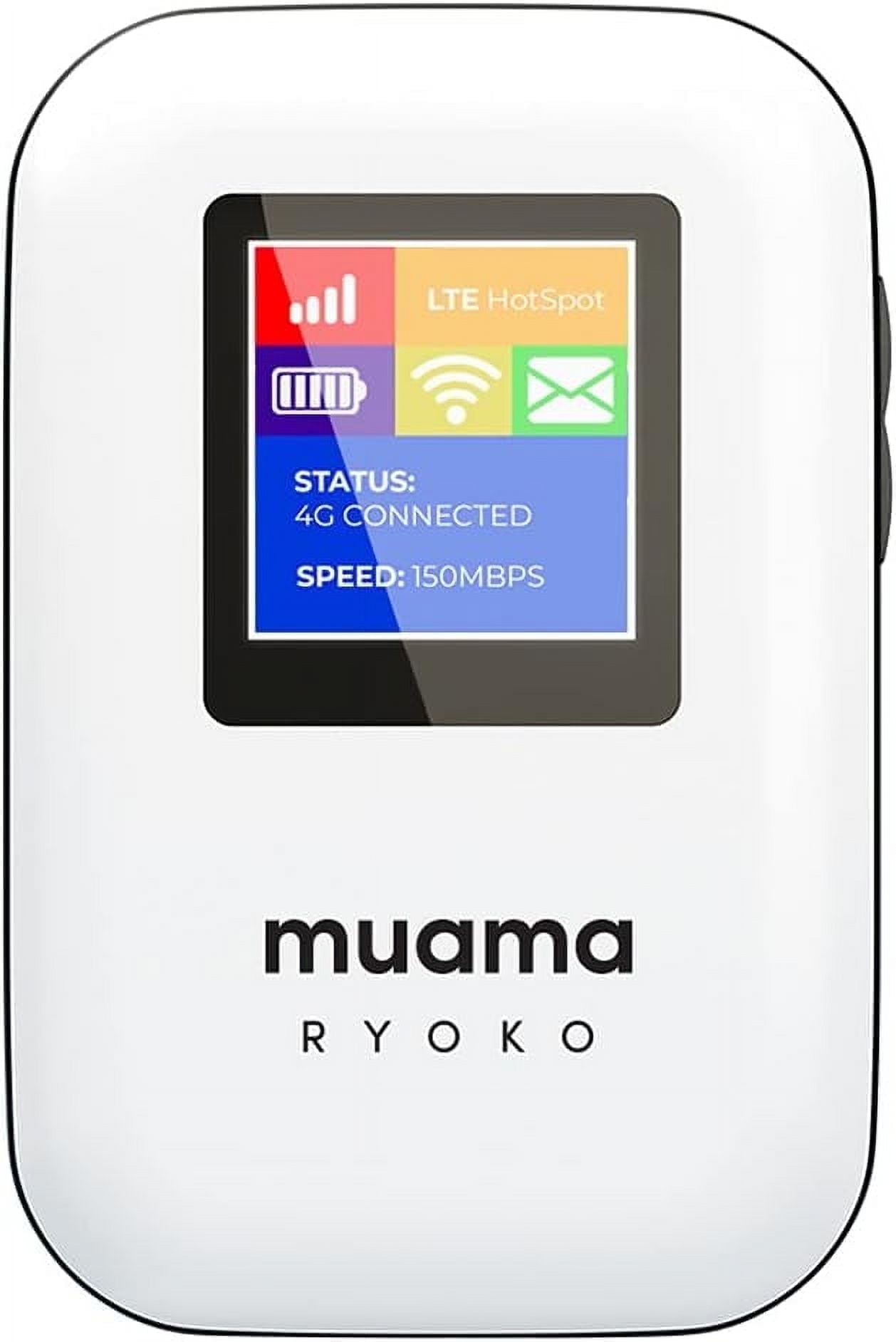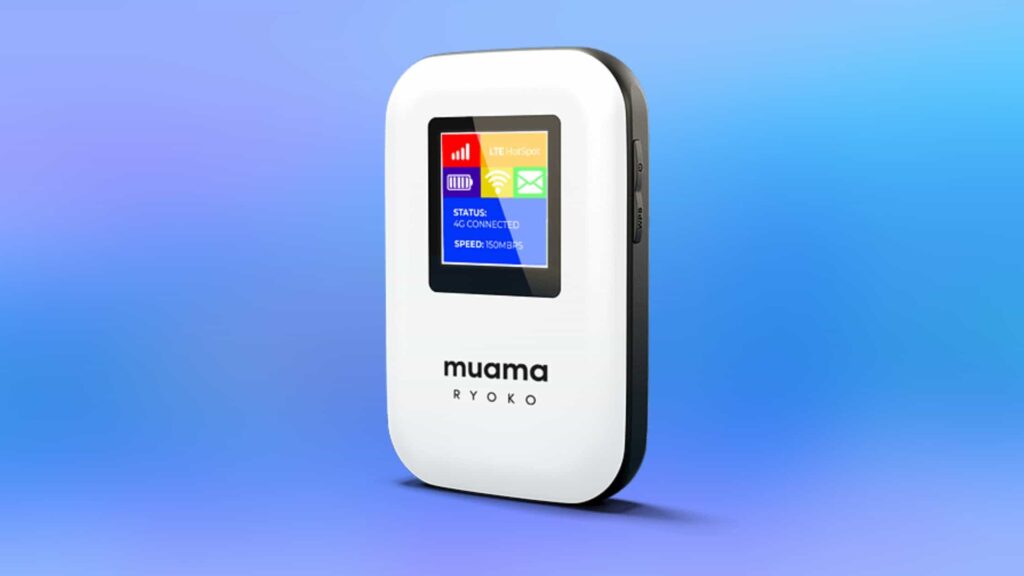How Does Ryoko Portable Wifi Work

Imagine yourself strolling through the cobblestone streets of a charming European village, the aroma of freshly baked bread filling the air. You want to share this picture-perfect moment with loved ones, but the hotel Wi-Fi is spotty and data roaming charges are a nightmare. Or picture this; you're a digital nomad, balancing work and travel, hopping from cafe to cafe, and you need secure, reliable internet access to attend a virtual meeting. Frustration bubbles up as you hunt for a stable connection.
Enter portable Wi-Fi, a pocket-sized solution that promises to keep you connected virtually anywhere. Among the various brands offering this service, Ryoko has emerged as a popular choice. But how exactly does a Ryoko portable Wi-Fi device work? This article breaks down the technology and functionality behind these handy gadgets, exploring their inner workings and the benefits they offer to travelers and remote workers alike.
The Core Technology: A Cellular Connection
At its heart, a Ryoko portable Wi-Fi device operates much like a mobile phone, but instead of making calls, it uses cellular networks to access the internet. It's essentially a miniature, dedicated modem and router combined into one portable unit. The device contains a SIM card that connects to local mobile networks in the countries it supports.
When you turn on the device, it searches for the strongest available cellular signal. Upon finding one, it connects to the internet through the mobile network operator (MNO). The device then creates a local Wi-Fi hotspot, broadcasting a wireless signal that your laptops, tablets, and smartphones can connect to.
The magic lies in the Ryoko's ability to handle this process seamlessly, often across multiple countries. This international roaming functionality distinguishes it from simply using your phone as a hotspot, which can incur substantial roaming charges.
How Ryoko Differs: Virtual SIM and Global Reach
While the basic concept is similar to a mobile hotspot, Ryoko and other advanced portable Wi-Fi devices leverage technology to enhance the user experience and expand coverage. One of the key differentiators is the use of a virtual SIM (vSIM) or eSIM technology.
Instead of relying on a physical SIM card from a single provider, Ryoko uses a vSIM that can be programmed to connect to different networks automatically. This means the device can switch between various mobile operators in the background, selecting the one offering the best signal and data speeds in your current location.
This technology is particularly beneficial for international travelers. According to Ryoko's official website, their devices cover over 130 countries. This broad coverage eliminates the need to purchase local SIM cards or worry about compatibility issues.
The Data Plan and Management
A crucial aspect of using a Ryoko portable Wi-Fi device is understanding the data plan. Ryoko offers different data packages, which users can purchase based on their travel duration and anticipated internet usage. These plans typically provide a set amount of data that can be used within a specified period.
Users can manage their data usage through a dedicated app or web portal. These platforms usually allow you to track your remaining data, top up your balance, and even adjust settings like data limits and Wi-Fi passwords.
Data speeds can vary depending on the cellular network available in the area and the specific data plan. It's important to note that while Ryoko aims to provide the best possible connection, factors like network congestion and signal strength can impact performance.
Security Considerations
When using any Wi-Fi hotspot, security is a paramount concern. Public Wi-Fi networks are often unsecured, making them vulnerable to hacking and data theft. Ryoko portable Wi-Fi offers a more secure alternative because it creates a private, password-protected network.
The device typically uses WPA2 encryption, a standard security protocol that encrypts the data transmitted between your devices and the hotspot. This makes it significantly more difficult for unauthorized individuals to intercept your data.
However, it's still crucial to practice safe browsing habits. Always ensure websites you visit are secure (look for "https" in the address bar), and avoid transmitting sensitive information over unsecured connections. Using a VPN (Virtual Private Network) in conjunction with your Ryoko device can provide an extra layer of security.
Benefits and Use Cases
The benefits of using a Ryoko portable Wi-Fi device extend beyond simple internet access. For travelers, it offers the convenience of staying connected without the hassle of finding local SIM cards or dealing with exorbitant roaming charges.
For remote workers, it provides a reliable and secure internet connection in various locations, allowing them to work from coffee shops, co-working spaces, or even while on the move. This flexibility is invaluable for those who need to stay productive while traveling.
Additionally, Ryoko can be a cost-effective solution for families or groups traveling together. Instead of everyone incurring individual roaming charges, they can share a single data plan through the Ryoko hotspot.
Looking Ahead: The Future of Portable Wi-Fi
The technology behind Ryoko portable Wi-Fi and similar devices is constantly evolving. As cellular networks continue to improve and 5G technology becomes more widespread, we can expect even faster speeds and wider coverage.
The integration of artificial intelligence (AI) could also play a role in the future, allowing devices to automatically optimize network selection and data usage based on user behavior and location.
Portable Wi-Fi is becoming increasingly important in our hyper-connected world, as Ryoko and other brands are catering to a growing demand for on-the-go internet connectivity. Whether you're a seasoned traveler, a remote worker, or simply someone who values staying connected, these devices offer a practical and convenient solution for accessing the internet virtually anywhere.


